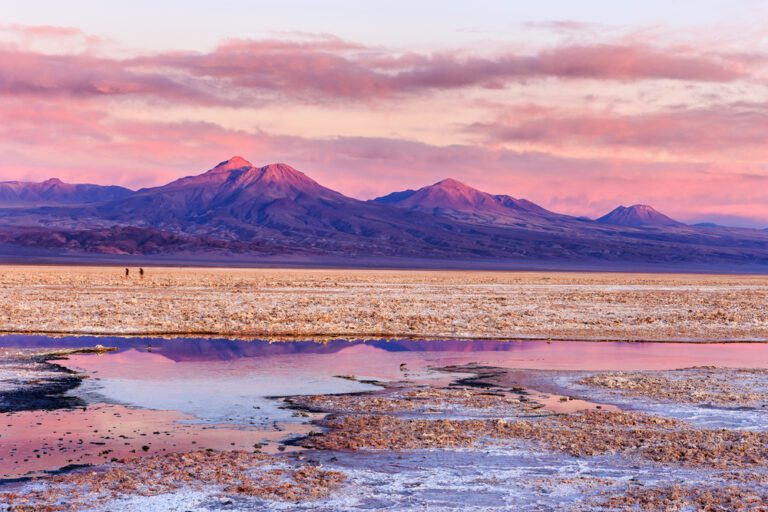AUGUST IN GREENLAND AND ALREADY winter beckons. Glinting like shivery stars, an immense tide of ice floes and slush have gathered at the remote Eqi glacier along the mid-western coast. Some 150 miles above the Arctic Circle, boats are finding it harder to reach a lonely camp on the rocks nearby. Powerfully active, continually haemorrhaging ice, the glacier creaks and booms, sounding like dynamite on the wild wind or an immense army passing in the near distance, an unbreachable, marbled wall taller than the Eiffel Tower. No wonder the handful of Danish science students who run the camp are obsessed with Game of Thrones.
In the evenings I watched them – keen, ruddy-faced – fighting each other with wooden swords on rocks overhanging the glacier, laughing and lunging with the mad happiness of being in such a place. The vast, vacant air, the months away from any town or family or mechanical noise, the muddled memory of Arctic days without sunrise and moons that never wane. And now this exquisitely brief autumn, swooped over by Lapland longspurs and the occasional tiny sparrow, somersaulting in a light rain.

The largest island in the world, Greenland is only inhabited around its fjord-lined coast, and even then scarcely: altogether just 56,000 people across its 836,000 square miles, mostly gathered in the south-west. A ‘self-governing overseas administrative division of the Danish realm’ (but opted out of the EU), Greenland relies mostly on Danish money and imports; more than 80 per cent of its economy is based on subsistence hunting of whale, seal and fish. Most visitors tend to converge on the southern capital of Nuuk to watch the purple and green northern lights, and travel by sledge to the island’s infamous centre: the ice cap, locked in an 11,000ft-thick original deep freeze, forming continuously from layers of compressed air and snow, bearing down with a might that contorts the middle of the island.
But further north, the aurora borealis are celestial white and the air stretches incandescently far and further into a lambent vastness. For millennia very few people came here, but now, through the summer and autumn, when the coastal terrain is free of snow, a few curious hikers arrive by boat and hunker down in a handful of simple wooden shelters at Eqi, striking inland on foot to the ice or up to mountain tarns, then gathering round the hot stove in the community hut for food in the evenings, cackling with enjoyment and vodka, sometimes showing treasures found on their wanderings, relics unbearably evocative of lost expeditions. A very old ski, carved beautifully from ash.
An unopened can of pre-World War I lemon syrup infused with scurvy-bashing vitamin C. Although steadily retreating for decades because of climate change, the glacier at Eqi has long been an object of study and reverence. On the black cliffs just opposite stands a wooden hut held together by fraying ropes that was built by the French polar expedition in 1948. Inside; the peeling papered walls are stained a weary yellow from the long, companionless hours and decades, and scratched everywhere with graffiti that suggests an immense spiritual discombobulation at finding oneself on this strange far shore of the northernmost country in the world. ‘OHI KNOW NOTHING ABOUT NOTHING’ someone has written in a despairing, looping hand, ‘I AM A USELESS BURDEN’. As I read, ice sheds and calves off the nearby glacier with a fulminating thwack and the hut shudders.

Bits of equipment still scatter the shelves A long-dried king-crab claw suggests unrecoverable evenings over fish stew and cigarettes, doubtless mulling over how ‘morning’ and ‘evening’ are mere words in Greenland. Depending on the time of year, there are nights eternally lolling in twilight, and days that don’t bother to start again. Sometimes the sun is not even the sun but a solar mirage, its rays an oasis suspended in the atmosphere. ‘HERE. IN THE MIDDLE OFTHE ICE. 1949’. On the long journey up to Eqi, I’d stopped at the small city of Ilulissat, with its own magnificent Kanga glacier nearby and 6,000 huskies chained on the outskirts of town – thin and lupine after a summer with scarcely any food – resting and hungry for the snows and the hunt.






